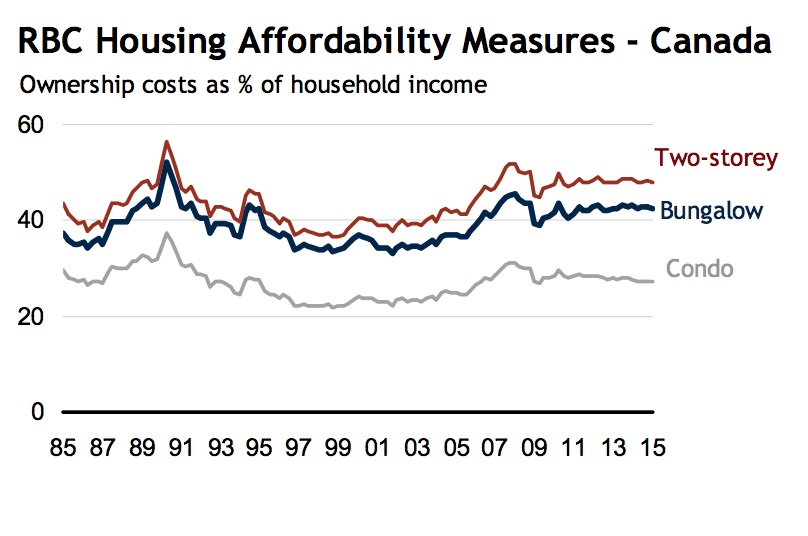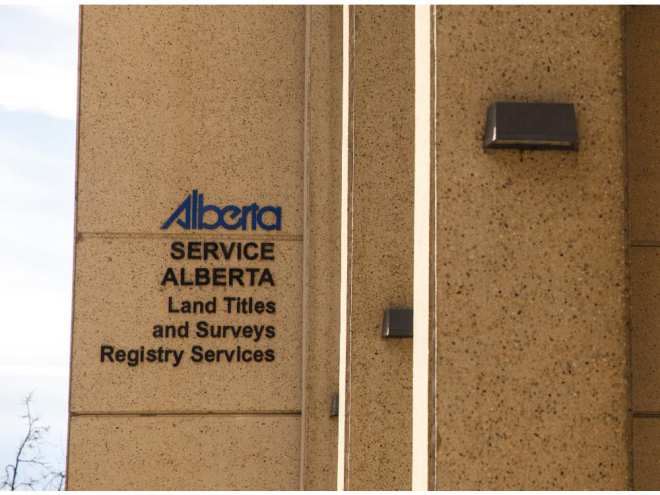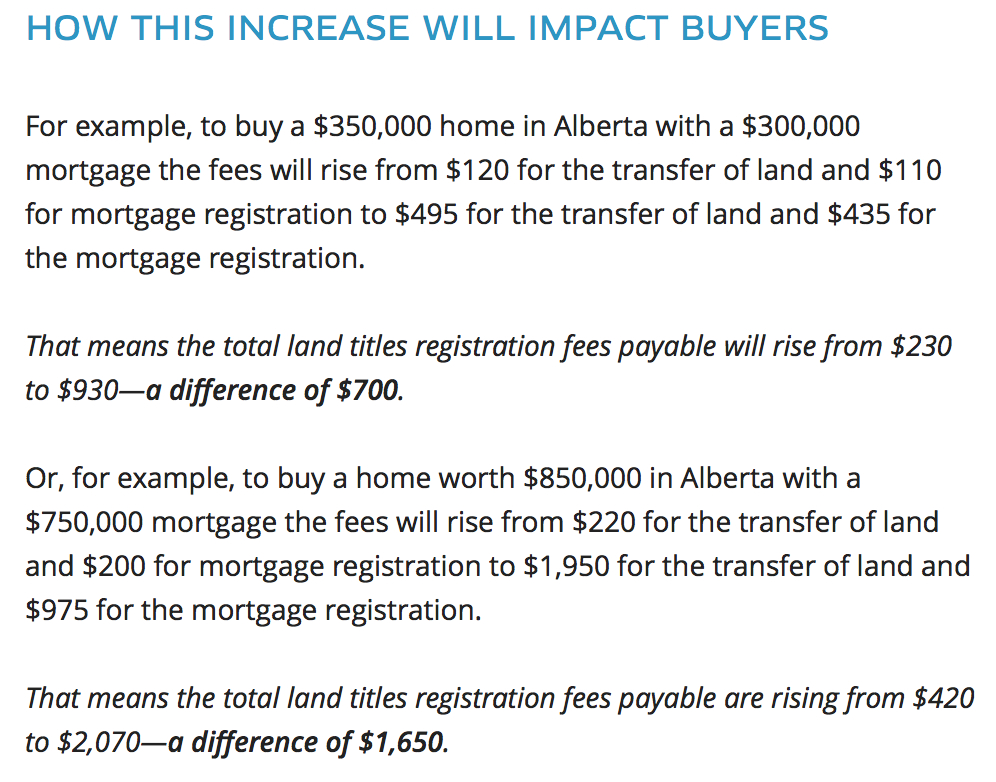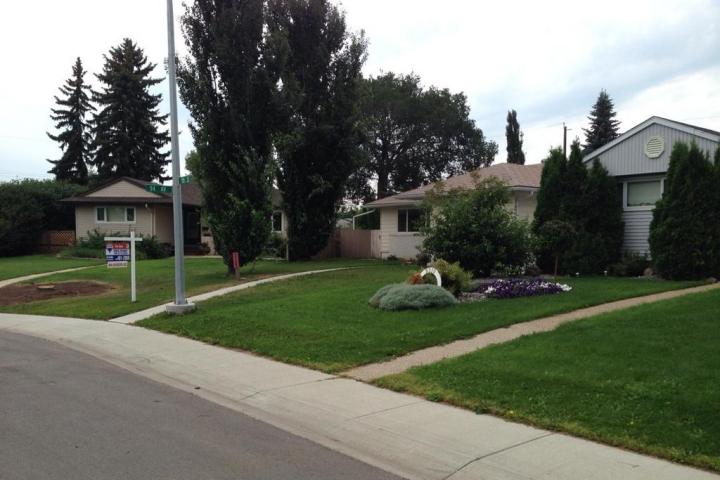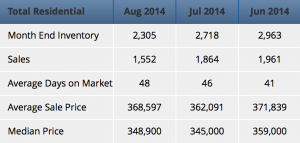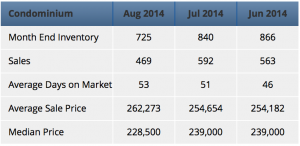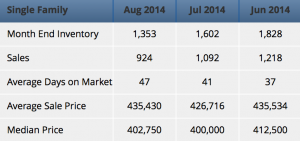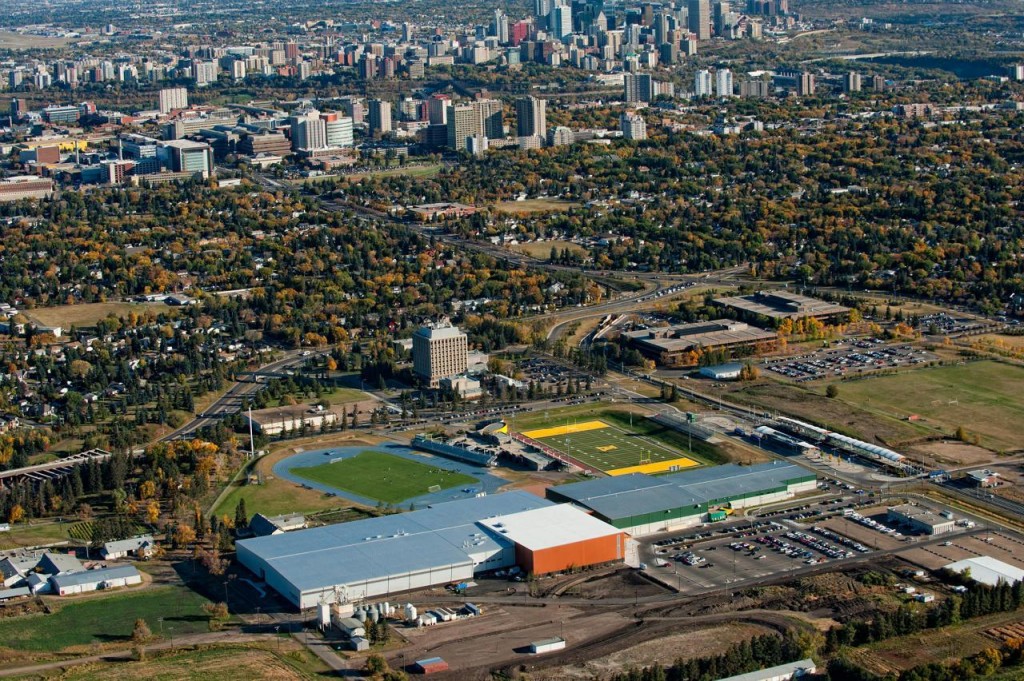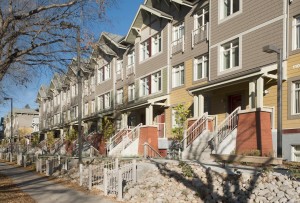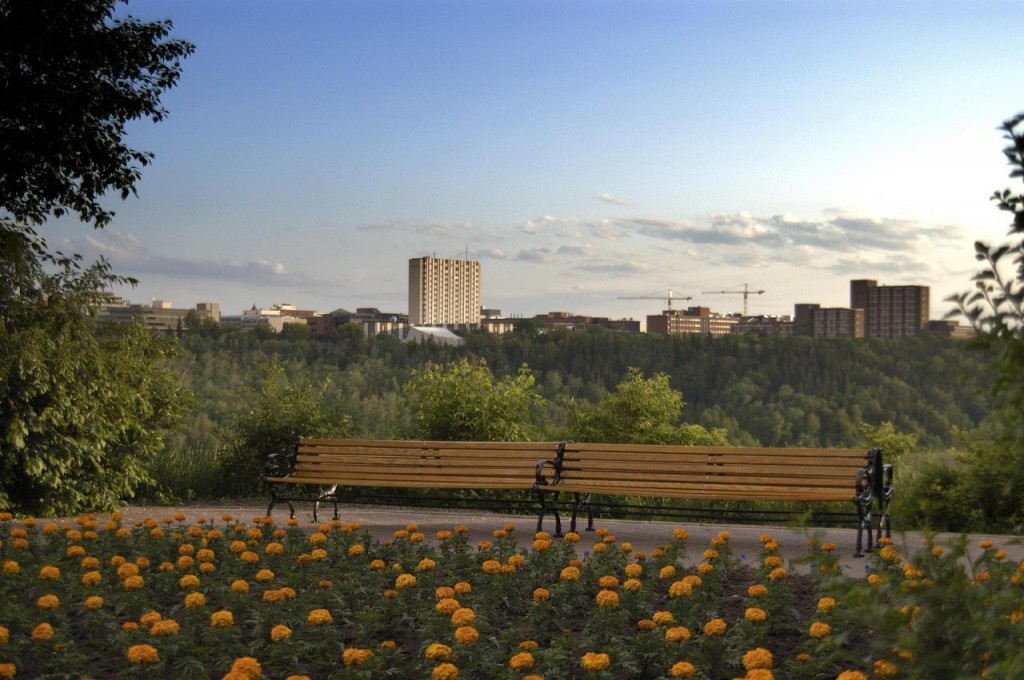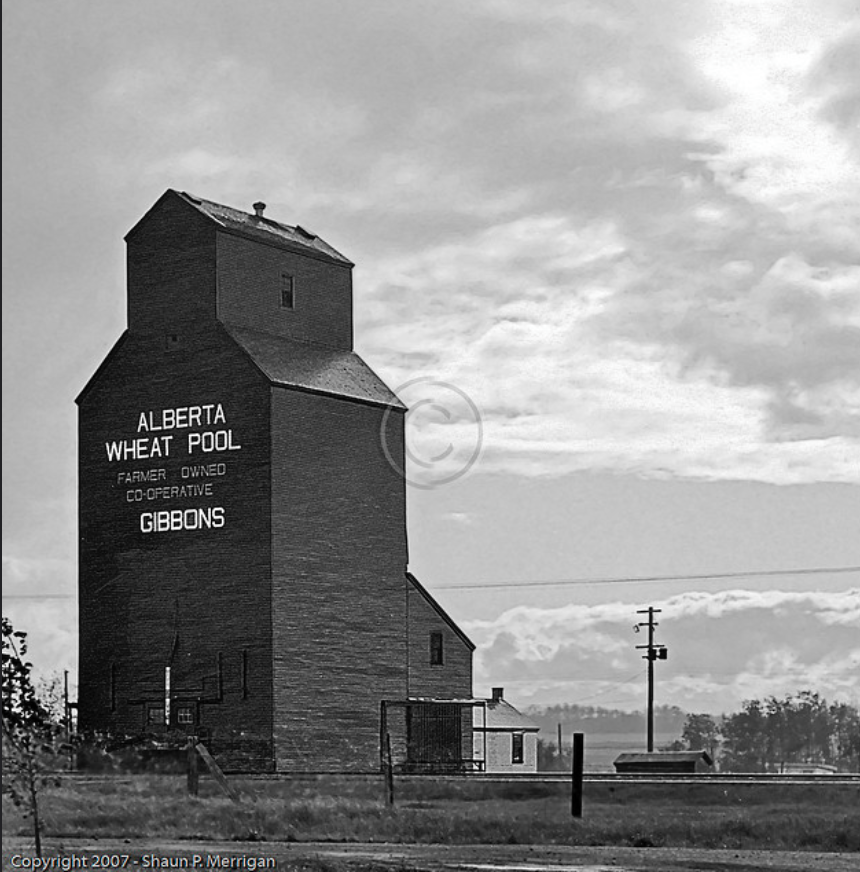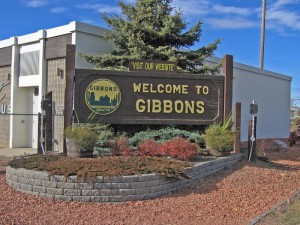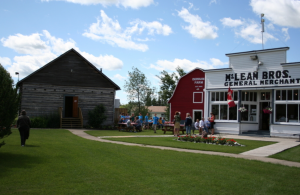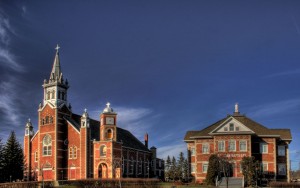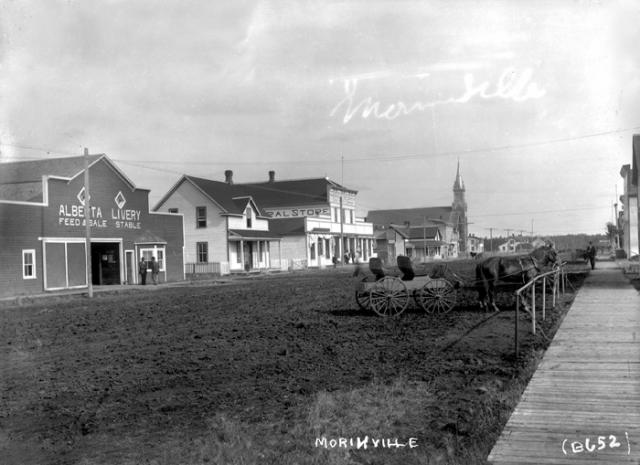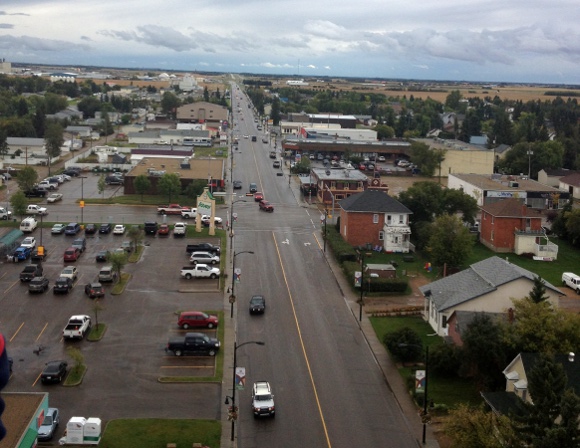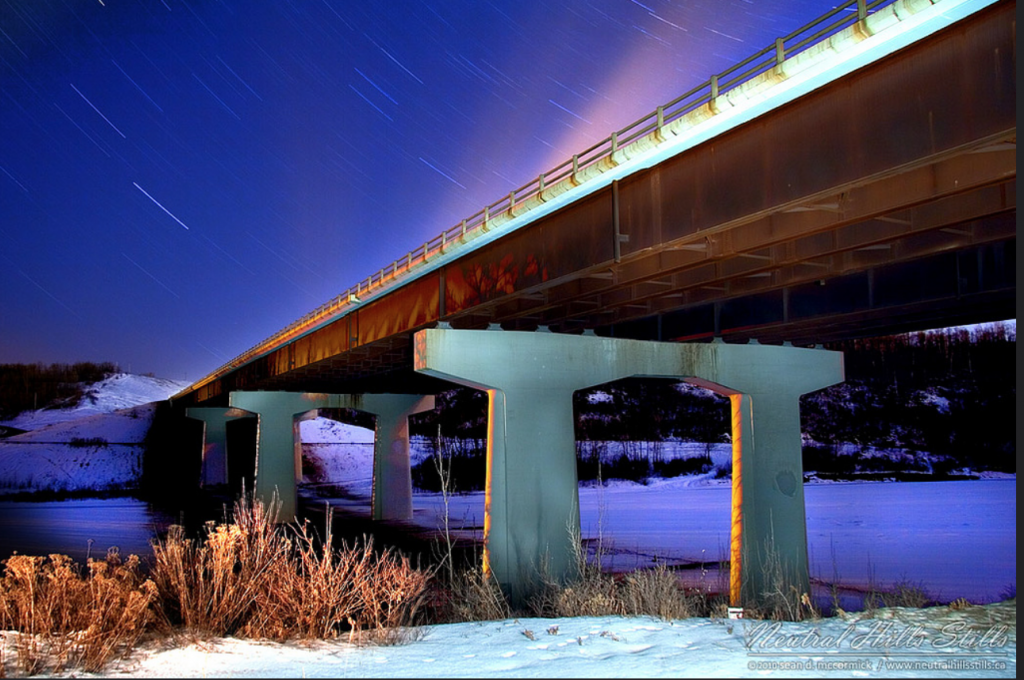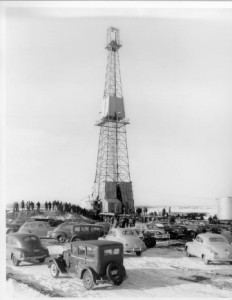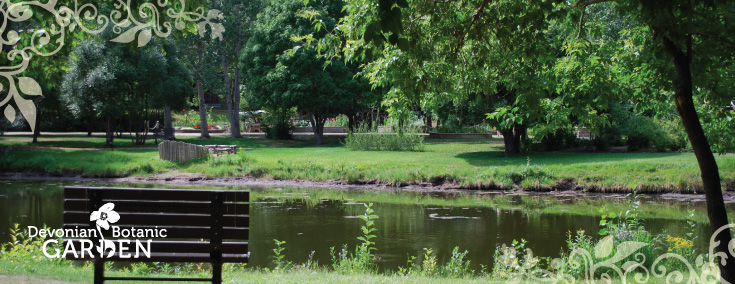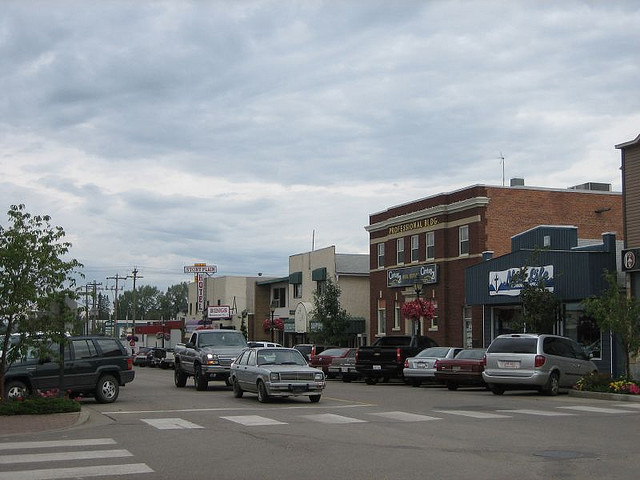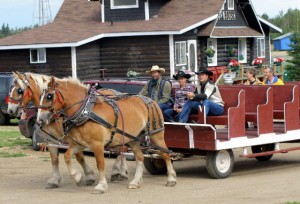Affordability for Alberta Buyers
Tuesday, June 30th, 2015Major media outlets are reporting on the RBC Economics “Housing Trends and Affordability Report” released this past week, dissecting the information to glean what it could mean for the economic future of the Canadian real estate market. The report, proving most promising to Alberta buyers, showed a softening market in the region.
As explained by RBC, the aim of the report is to “capture the proportion of median pre-tax household income required to service the cost of a mortgage on an existing housing unit at going market prices, including principal and interest, property taxes and utilities.” Essentially it details to Canadians the state of the economy in major markets and how that stacks up against real estate trends of the same area.
The report initially highlights declining oil and gas prices as a key influence in real estate trends, especially in regions like Alberta, where there is a strong economic reliance on those primary industries.
As stated by RBC,
“The plunge in oil prices was a significant differentiating factor for markets dependent on the oil and gas industry. It tipped the demand-supply scale in favour of buyers, thereby causing home prices to soften and ownership costs to ease in these markets in the first quarter”
We had previously reported last winter during February’s oil skid on the market’s ability to remain immune, with residential sales figures continuing to rise or at very least stabilizing. Now, nearly six months later, we are only starting to see the effect of one industry over another.
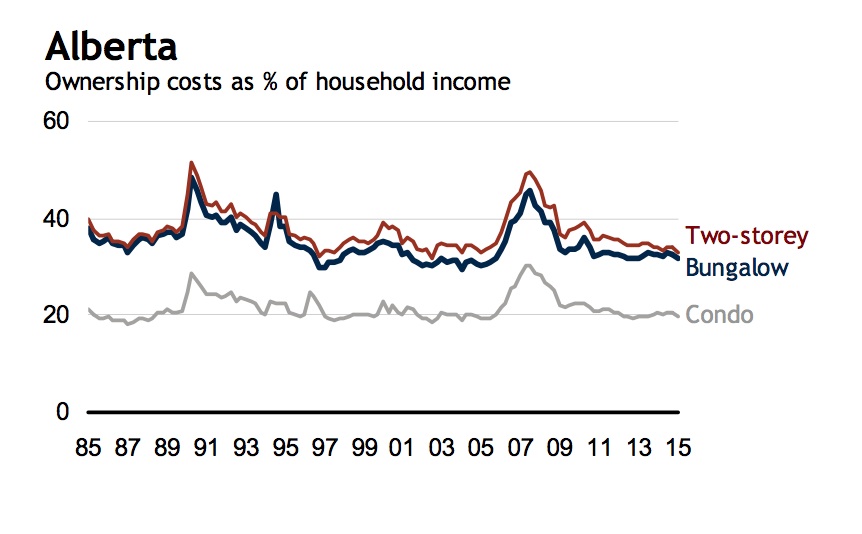
Chart contrasting nationwide affordability with provincial level rates.
The slight market decline currently underway in Alberta is creating an ideal climate for homebuyers with the Edmonton and Calgary areas “show[ing] the biggest improvement in affordability in the first quarter”.
RBC also attributes mortgage cuts, starting early in 2015, to the steadying of markets through the early stages of the oil skid, as it created affordability for buyers in the face of skyrocketing sale prices and a declining economy.
In the province, it was reported that RBC’s affordability measures fell by 1% for two-storey homes, 0.7% for bungalows and 0.6% for condominiums. It is indicated by RBC that these levels are “attractive” when compared both historically and cross provincially, and strongly suggest a stabilizing of real estate activity.
Overall, RBC is expecting that “balanced demand-supply conditions in the majority of local markets will continue to support generally modest price increases and fairly stable levels of affordability. The likelihood of small price declines in markets dependent on the oil industry suggests that home ownership costs may fall further in Alberta”.
CLICK HERE to contact an Edmonton and area Real Estate professional.


